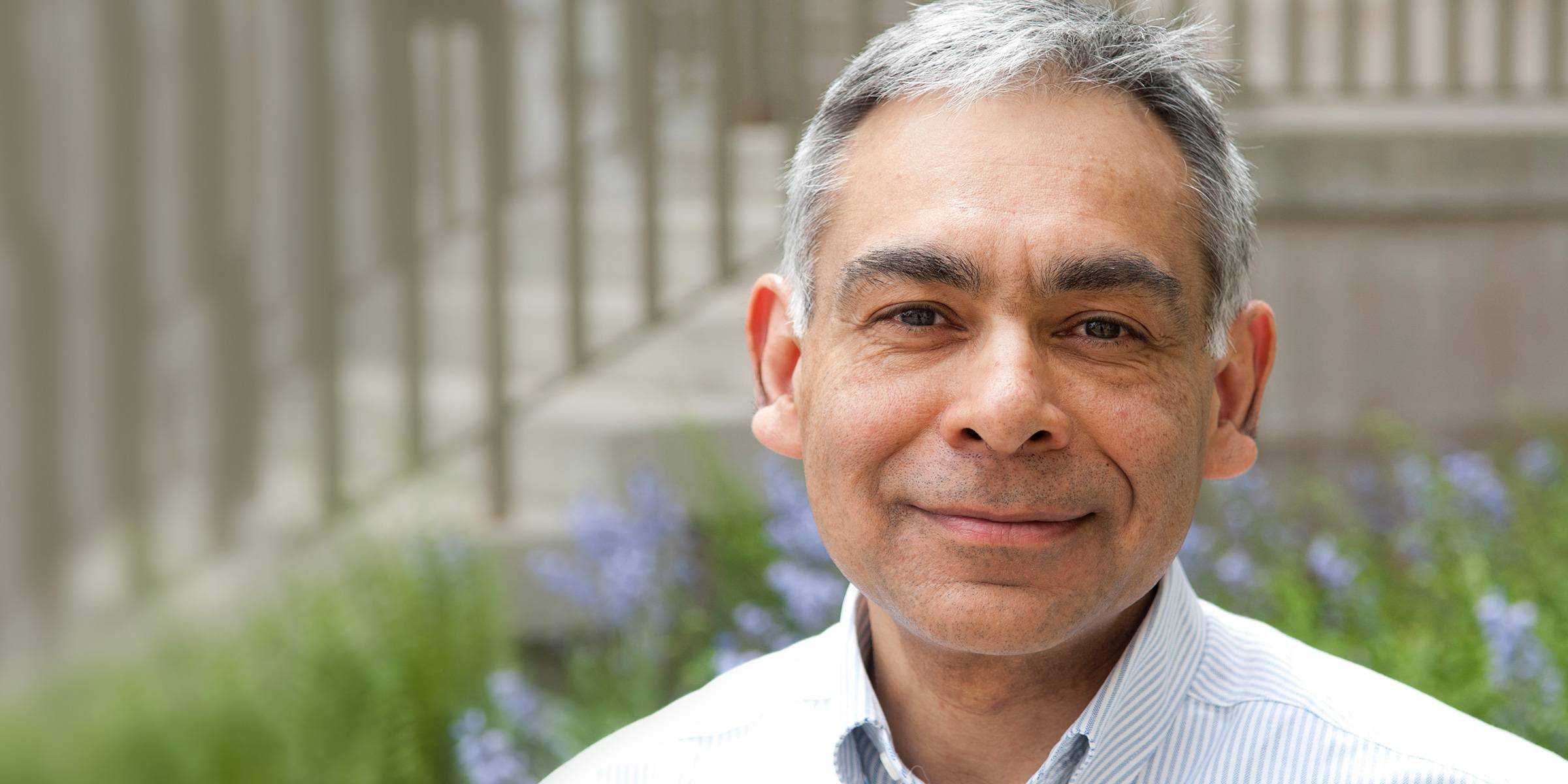Malik studies how eukaryotic genes are spatially and temporally regulated. Building on the work of Robert G. Roeder, his research aims to delineate how orchestrated action of numerous transcription factors controls messenger RNA synthesis by RNA polymerase II. These factors include polymerase-interacting general transcription factors; tissue- and gene-specific activators, which target specific DNA sequences; as well as various coactivators. Working with Roeder’s group, Malik was among the first to isolate and characterize the multi-subunit Mediator coactivator complex, which functionally couples activators and the general polymerase machinery. The Mediator has since emerged as the cell’s singular “integrative hub” for transcription regulation, assimilating multiple signals feeding into a gene and modulating the appropriate transcriptional response.
Malik’s group currently focuses on Mediator-dependent transcriptional mechanisms at loci controlled by the nuclear receptor HNF4α, a critical regulator of liver organogenesis and physiology. Malik’s research emphasizes reconstitution of HNF4α- and Mediator-regulated transcription in vitro and biochemical dissection of the underlying mechanisms. Most recently, his group established a fully defined system reconstituted from purified components that recapitulates transcription of a model liver gene in the context of nucleosomes that package cellular DNA. This system has revealed novel Mediator-controlled steps that determine when and where the gene will be turned on. Toward further elucidating Mediator mechanisms for delivering precise transcriptional outputs to HNF4α-regulated genes, these studies are being complemented with genome-wide and 3-D structural analyses of Mediator-containing complexes.
